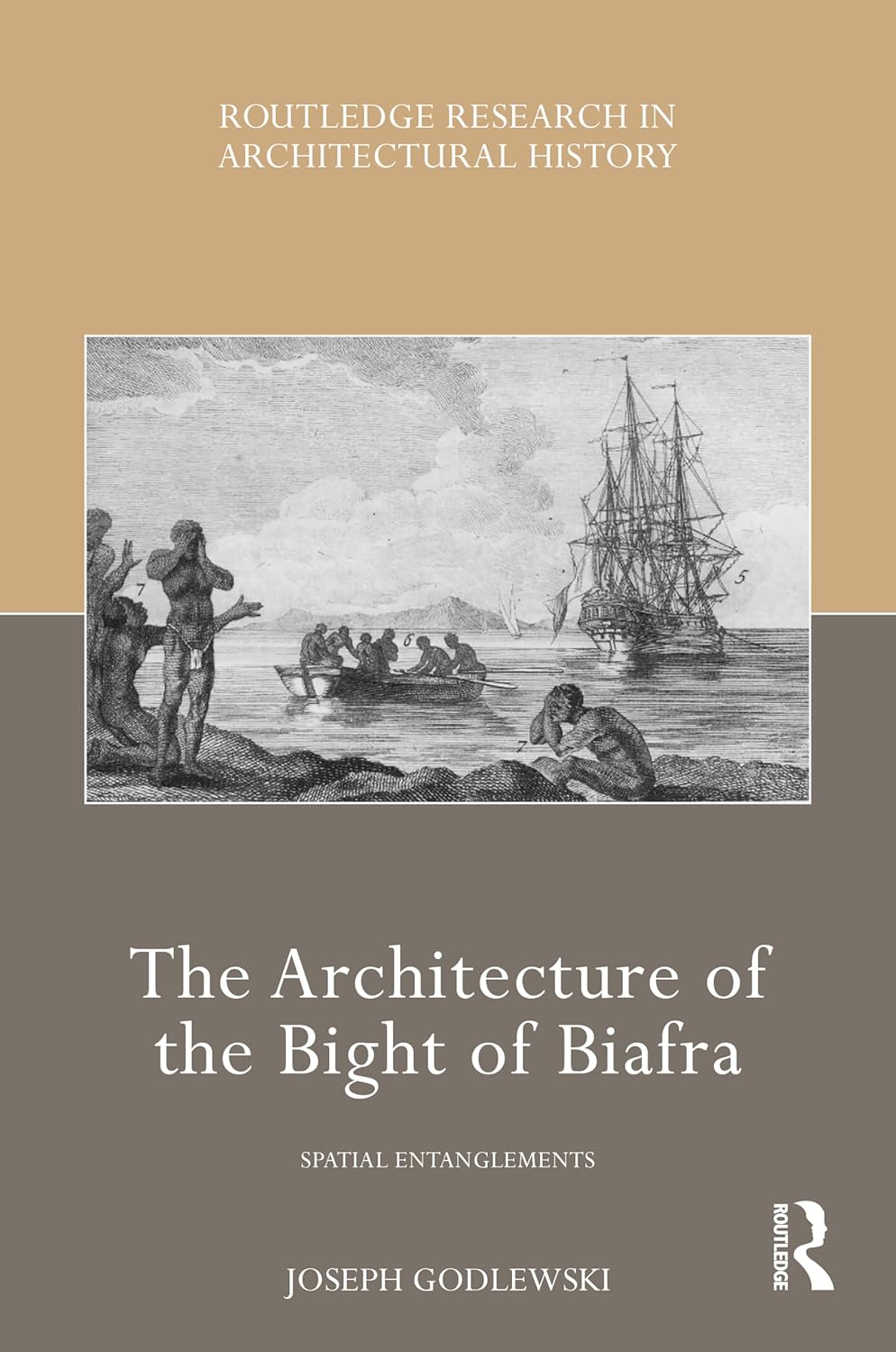A curation of articles, essays, book reviews and interviews on critical geographical concerns.
Considers the spatial form and social processes of cities and urbanization with particular attention to the geographies and politics of building theories of the urban.

The Architecture of the Bight of Biafra is a landmark intervention to African architectural history—one that acknowledges this region’s own longstanding modernity, and its ambivalent role in the construction of an international order.

Urban mobility is a gendered terrain in South Asia. In City of Men, we learn about the layered experiences of men navigating precarious labor conditions, the emotional toll of migration, and the paradoxes of masculine honor entwined with economic survival.

Although focused on buildings that have since been destroyed, the tone of this genealogy is not mournful. It instead is generative, revealing the creative outputs that have emerged and continue to shape this district. It demonstrates how architecture transforms and is transformed by a range of living and nonliving agents.
This article is an attempt at reading the city through what gets extended and/or suspended in it in a time of an interruption, or a glitch. It does this while thinking about Cairo's curfew during the summer of 2020.
Turning to the case of Newark, NJ, this article shows how teachers have embraced a strategy not of bypassing or abolishing the institutions most hollowed out by neoliberal market rule but of taking these institutions over and imagining them anew.
In this article, I describe Mumbai’s sea as an “anthroposea” – a sea made with ongoing anthropogenic processes across landwaters – to draw attention to the ways in which it troubles both urban planning and the making of environmental futures.
Has modernism evolved from a means to create a utopian future to an architectural discontent co-opted for racist purposes? The planners who built mid-20th century Scandinavian, modernist suburbs conceived of them as places of innovation, possibility, and visionary thinking.
Homing in on the protracted landscape of construction, I am concerned with how urban experts in Taksim 360, who do not entirely concur with the seemingly determined trajectory of urban transformation in Tarlabaşı, put inevitability to work. I ask: what makes urban experts stay with a project that might not materialize?